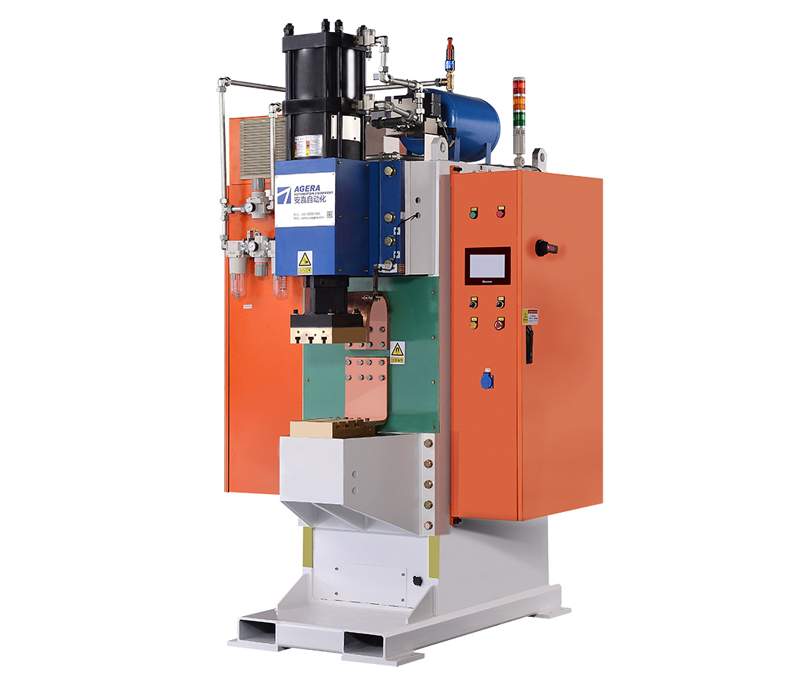Selecting the appropriate process parameters for a Capacitor Discharge (CD) welding machine is a critical step to achieve optimal weld quality and performance. This article delves into the key considerations for choosing process parameters, offering insights into how to make informed decisions for successful CD welding operations.
Selection of Process Parameters for Capacitor Discharge Welding Machine
Capacitor Discharge (CD) welding involves carefully determining process parameters to ensure consistent and reliable welds. The following factors play a pivotal role in parameter selection:
- Material Compatibility: Different materials have varying electrical resistances and thermal conductivities, affecting how they respond to the welding process. Select parameters that suit the materials being welded to ensure a proper fusion of joint surfaces.
- Joint Design and Configuration: The geometry of the joint, such as the overlap area and the type of joint (butt joint, lap joint, etc.), influences the amount of energy required for proper fusion. Larger joints may need higher energy inputs.
- Electrode Material and Design: The electrode material should be chosen based on its conductivity, durability, and thermal properties. The electrode design, including shape and size, also impacts heat distribution and welding effectiveness.
- Welding Energy and Current: The energy stored in the capacitors and the current passing through the weld spot determine the weld’s quality and strength. Adjust these parameters to match the material and joint requirements.
- Electrode Force and Pressure: The electrode force influences the contact between the workpieces and the electrodes. Adequate pressure is essential for achieving a reliable weld and consistent penetration.
- Discharge Time and Pulse Duration: The time duration for which the energy is released (discharge time) and the duration of the welding pulse affect the amount of heat generated. Adjust these parameters to control the weld nugget formation.
- Polarity Selection: For some materials, changing the polarity of the electrodes can optimize the welding process. Experimenting with different polarities can help achieve desired results.
- Welding Environment: Environmental conditions, such as humidity and temperature, can impact the welding process. Make sure to account for these factors when selecting parameters.
- Testing and Optimization: Experiment with different parameter combinations on sample pieces to find the optimal settings. Monitor weld quality and integrity through destructive and non-destructive testing.
Selecting the right process parameters for a Capacitor Discharge welding machine is essential to achieve consistent and high-quality welds. The interplay of factors like material properties, joint design, energy input, and electrode configuration all contribute to successful CD welding operations. Careful consideration, experimentation, and testing are key to optimizing parameter selection for achieving desired weld results in various industrial applications.
Post time: Aug-11-2023



